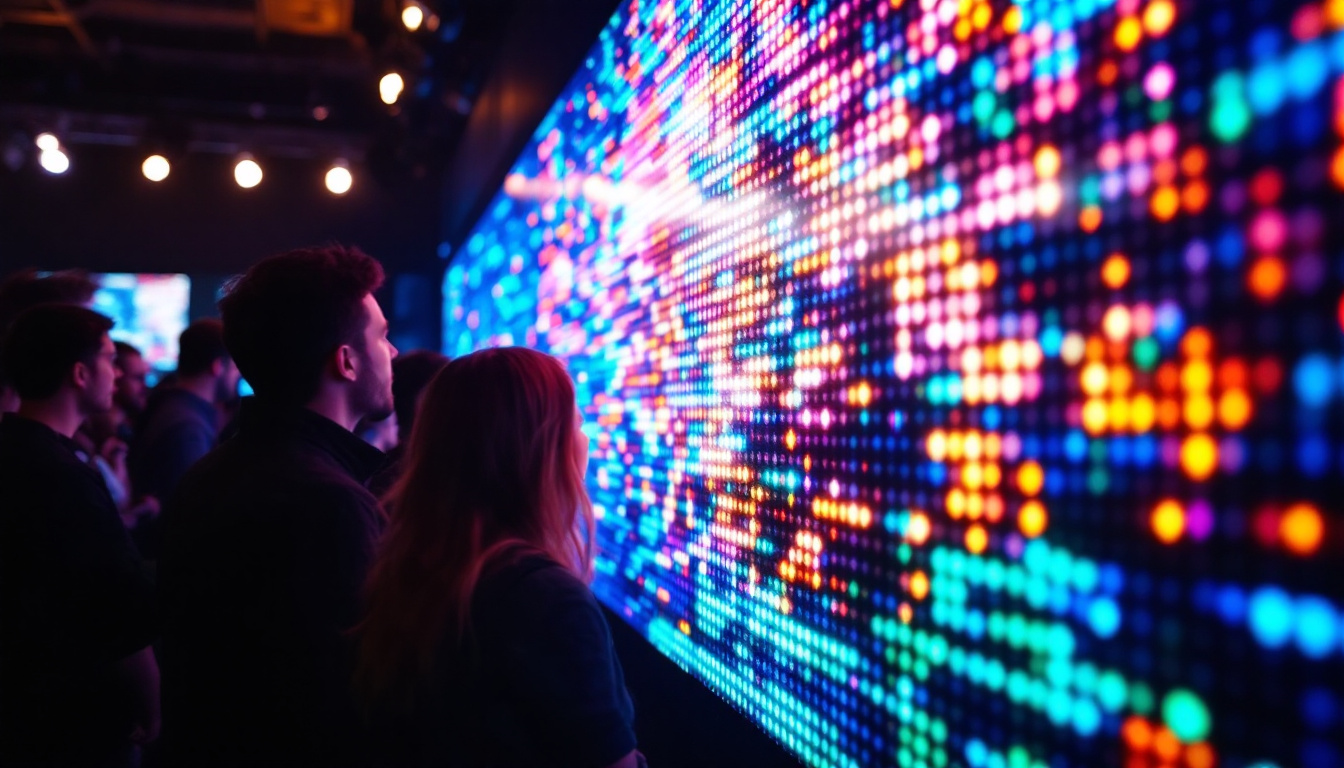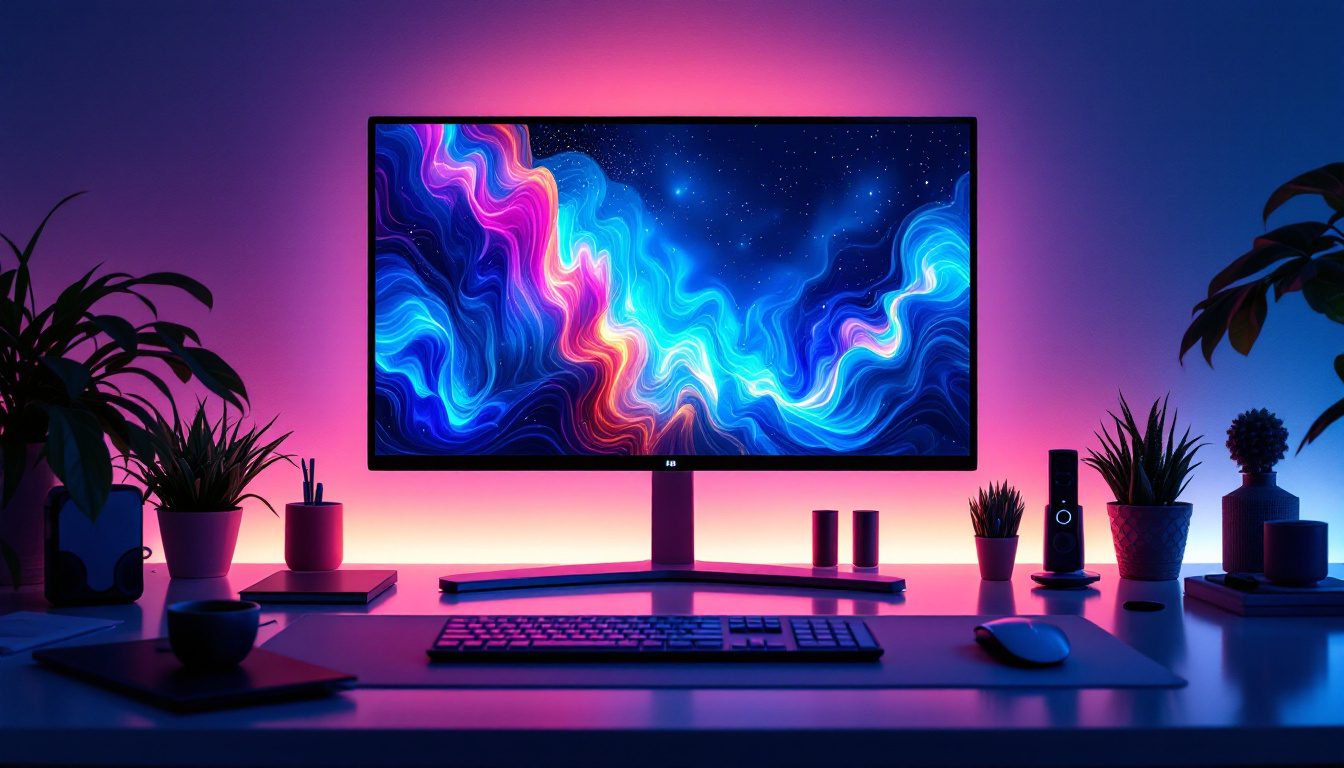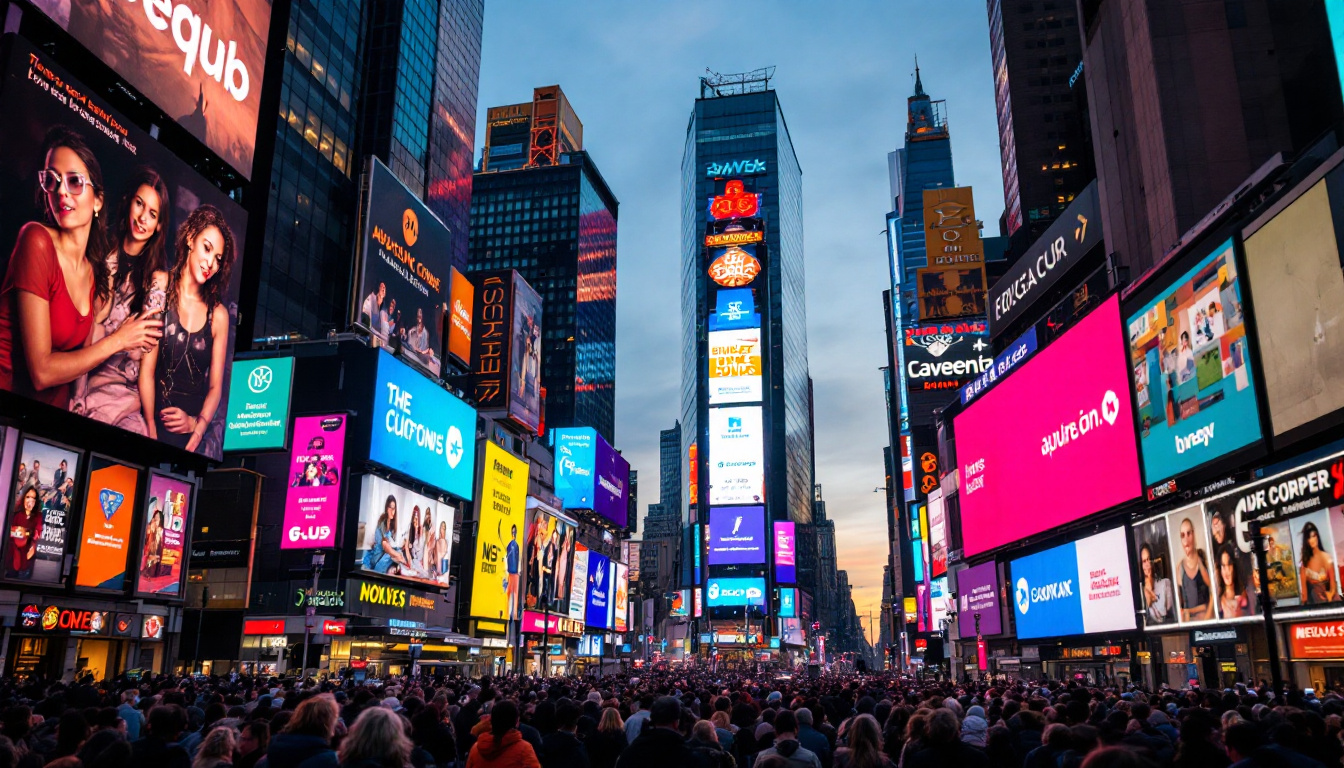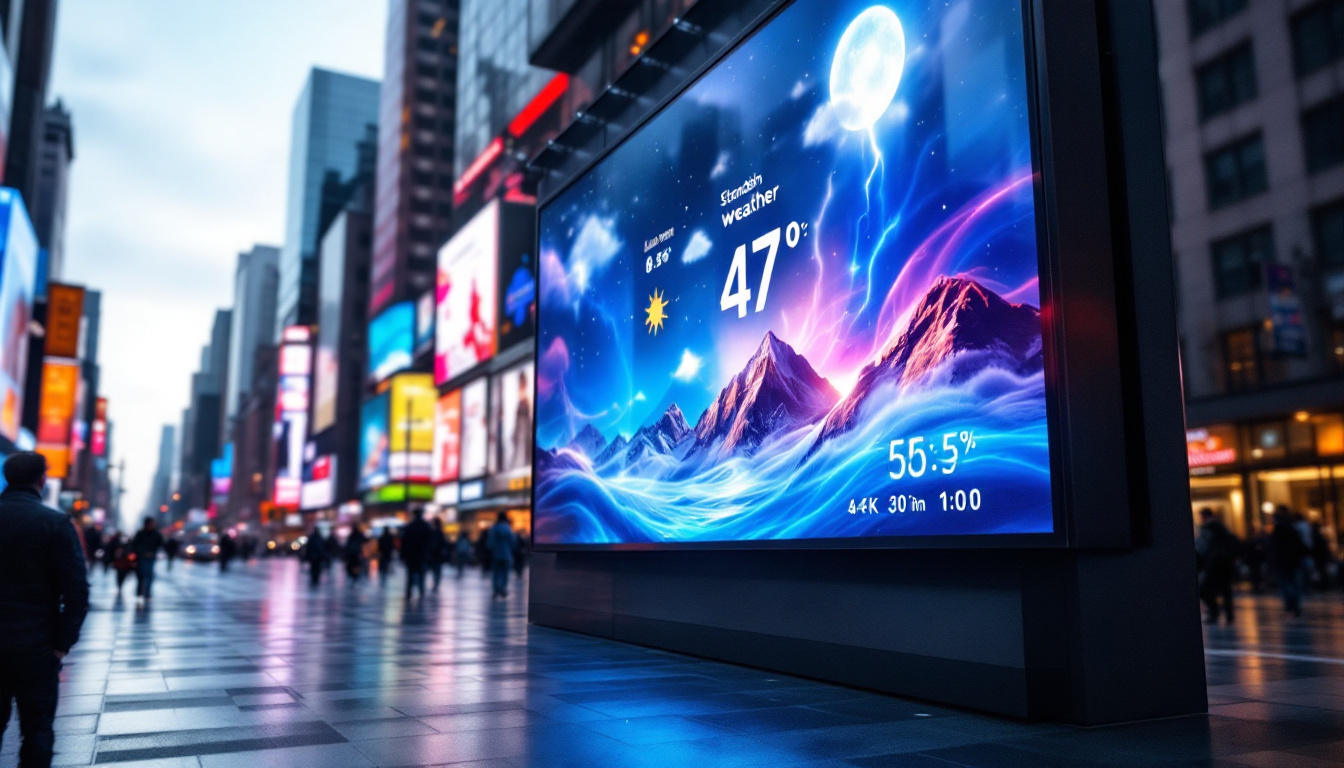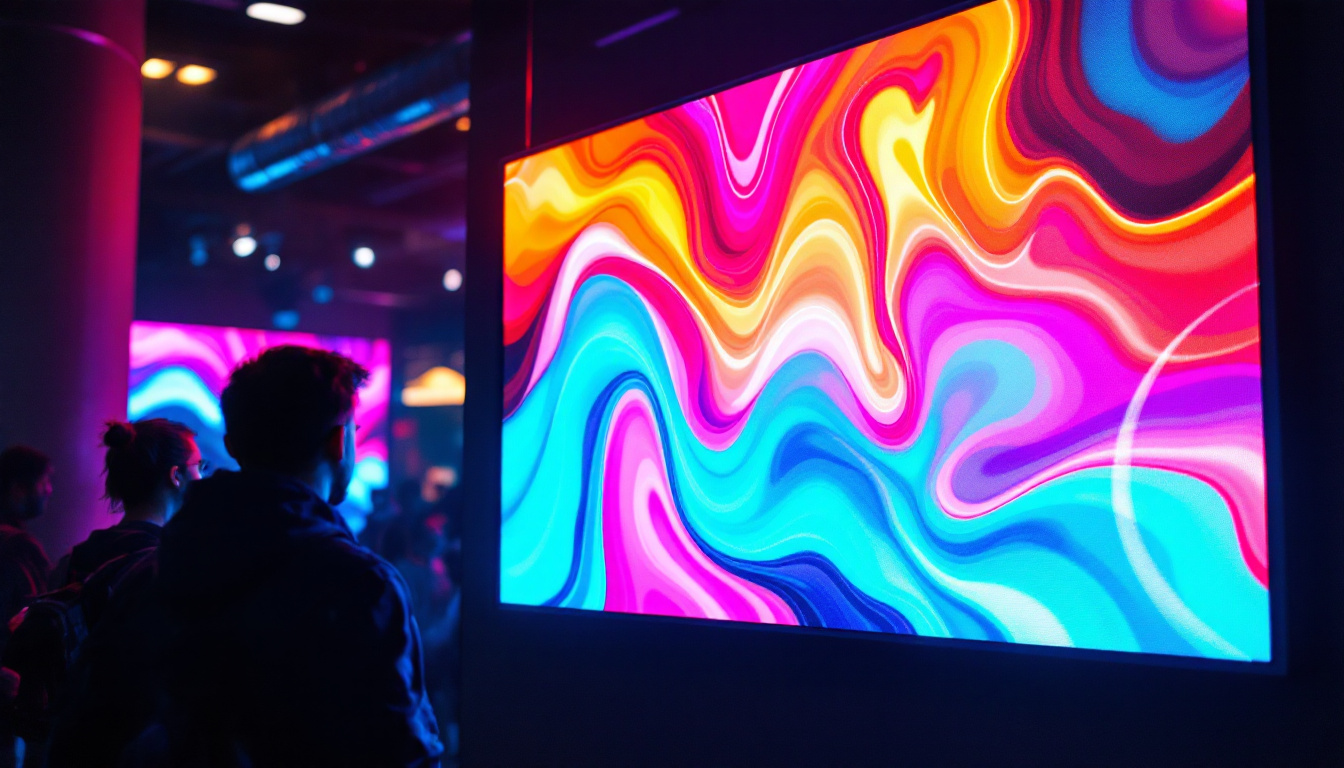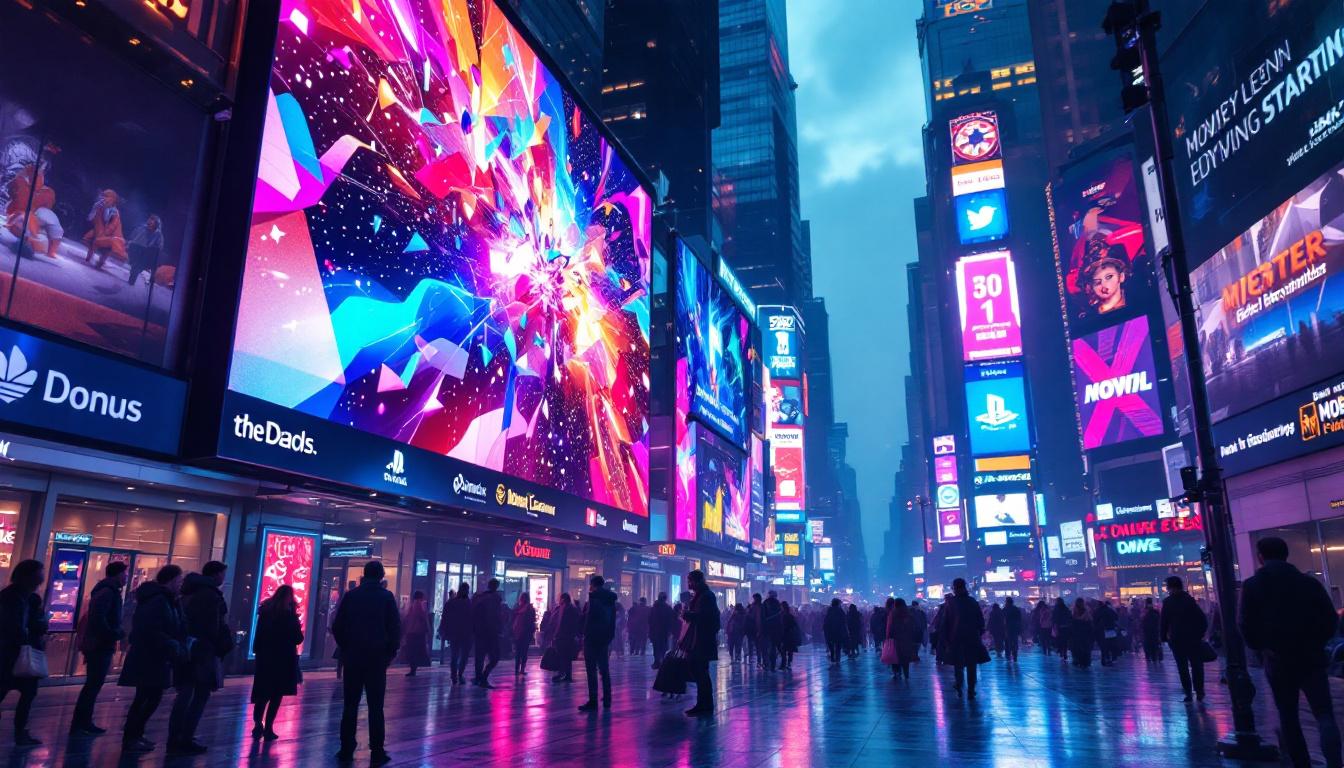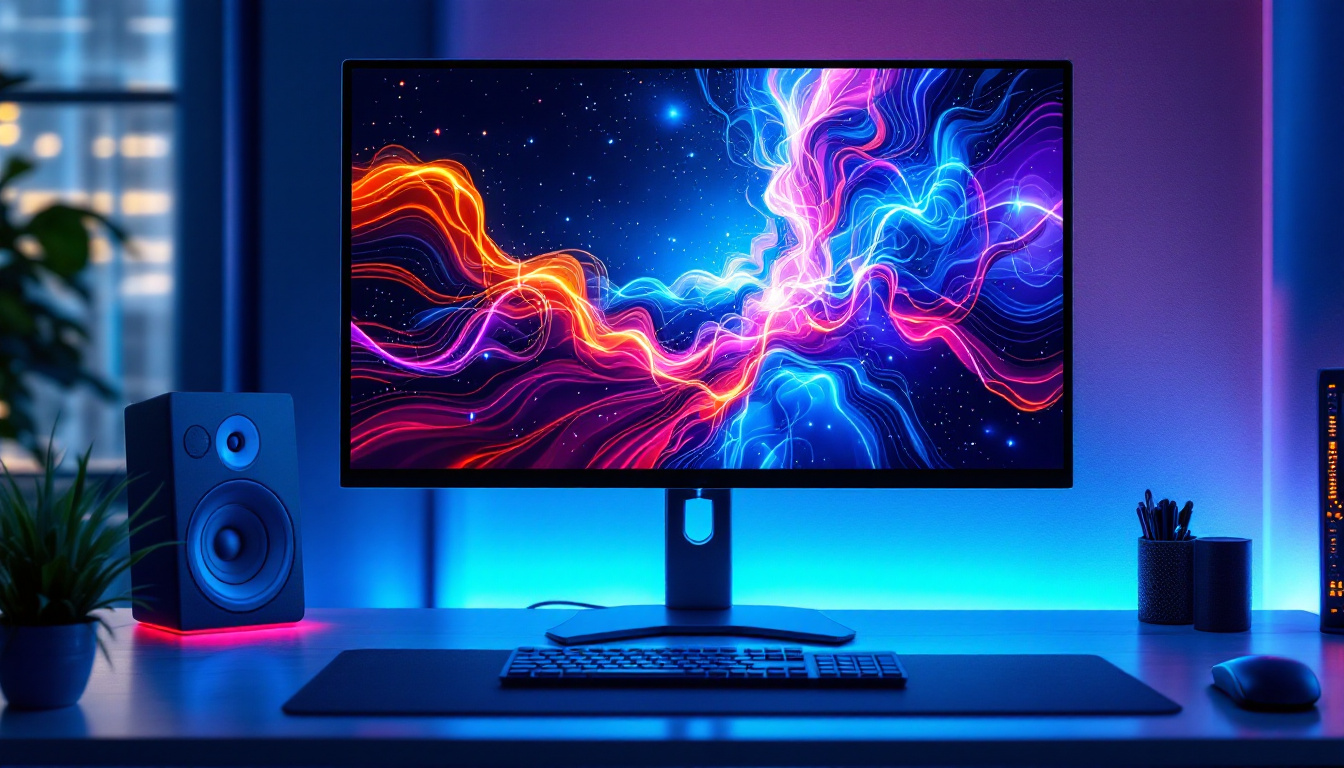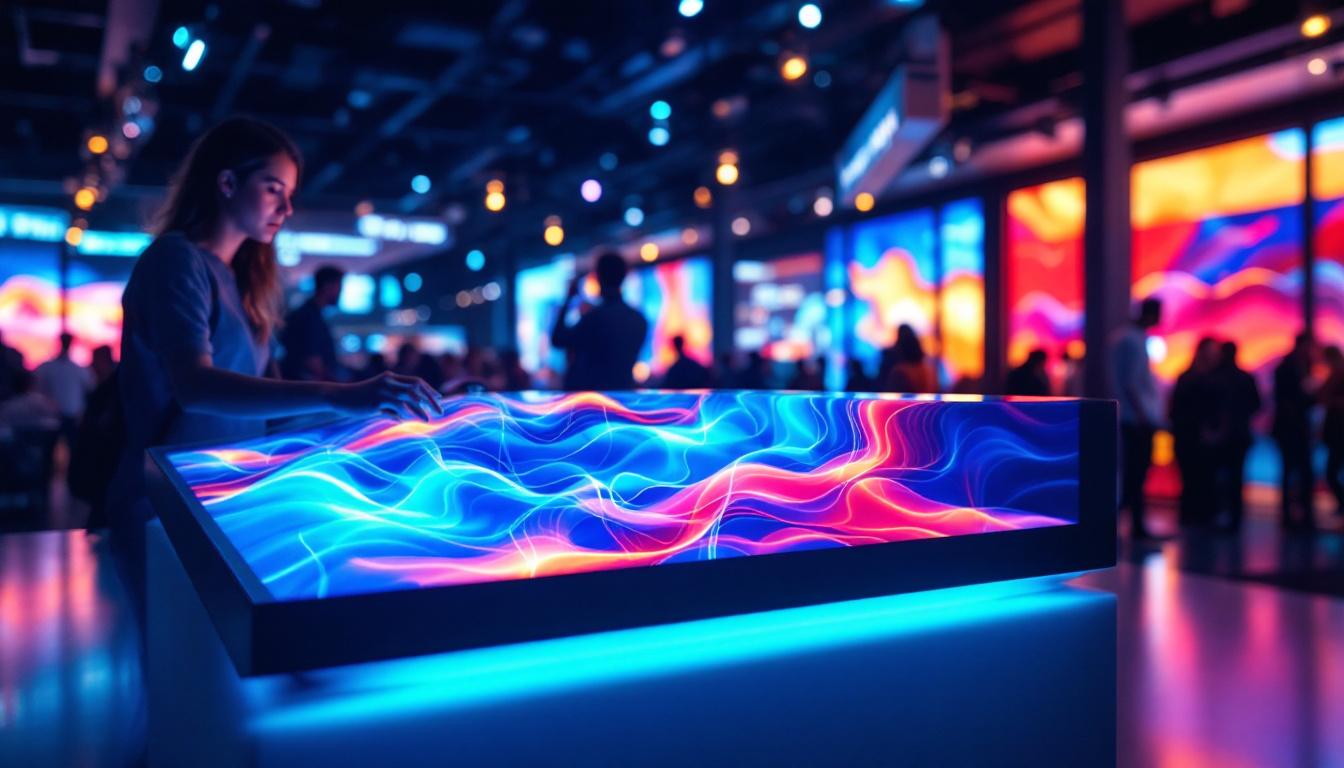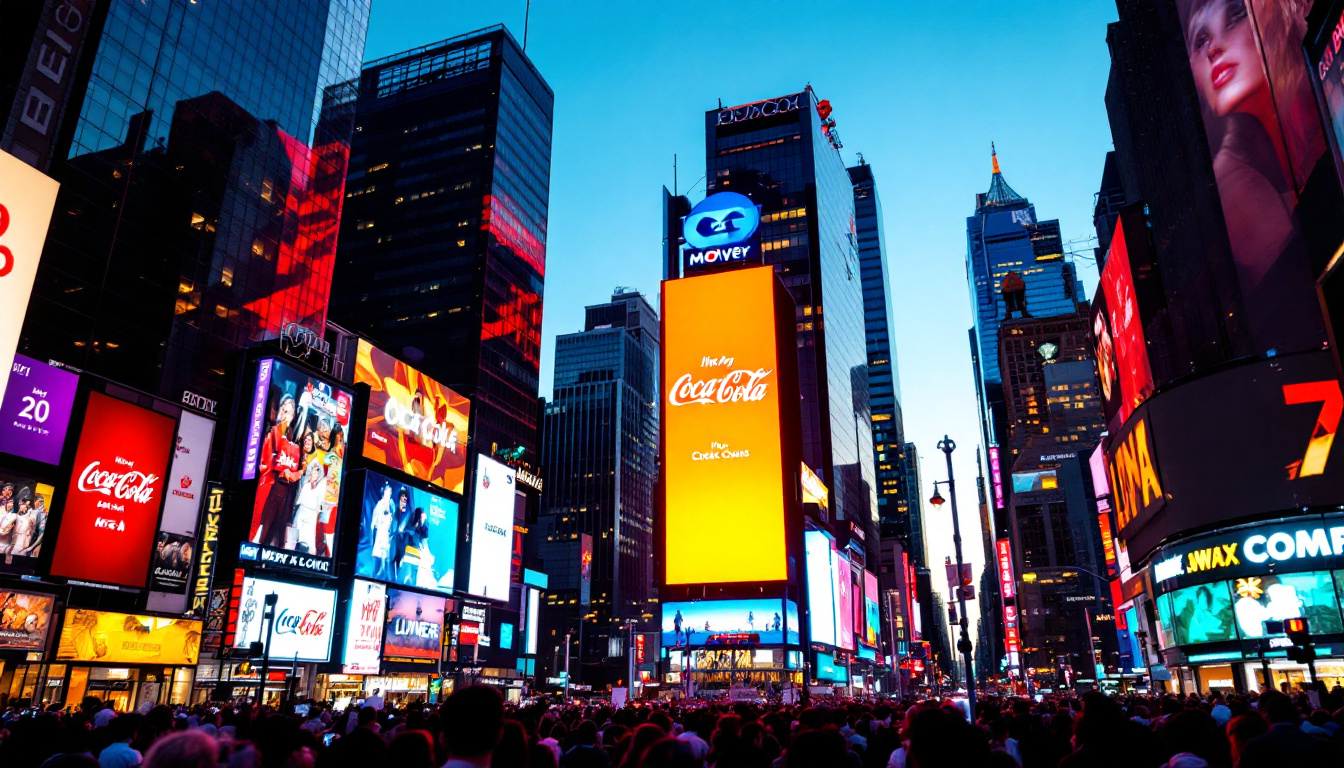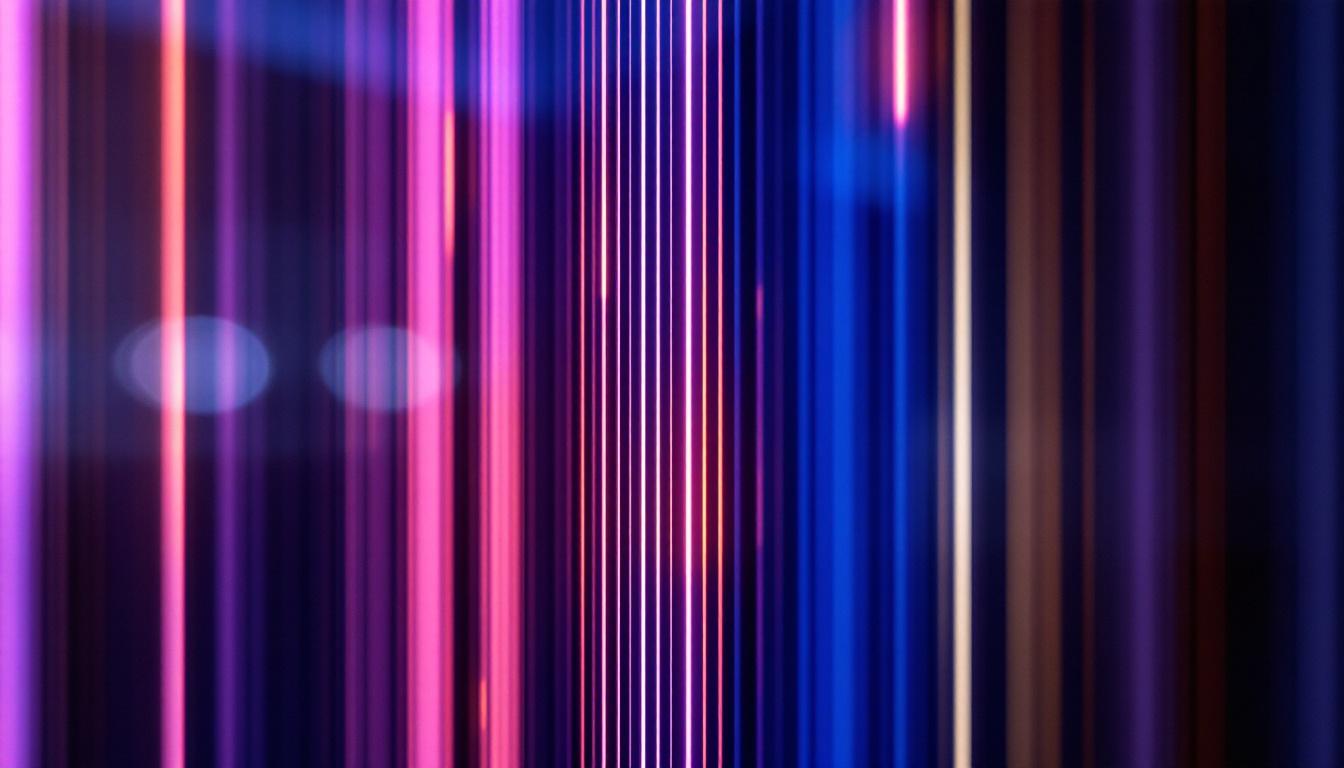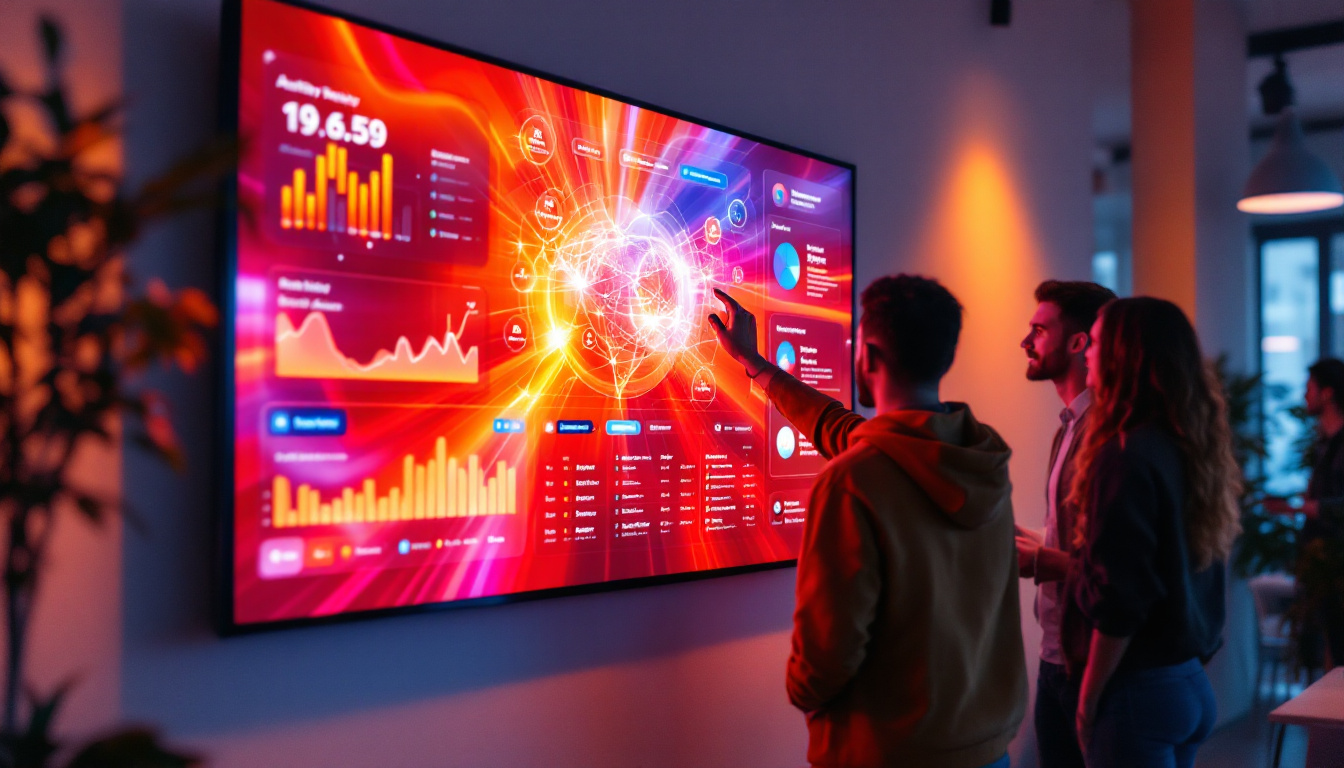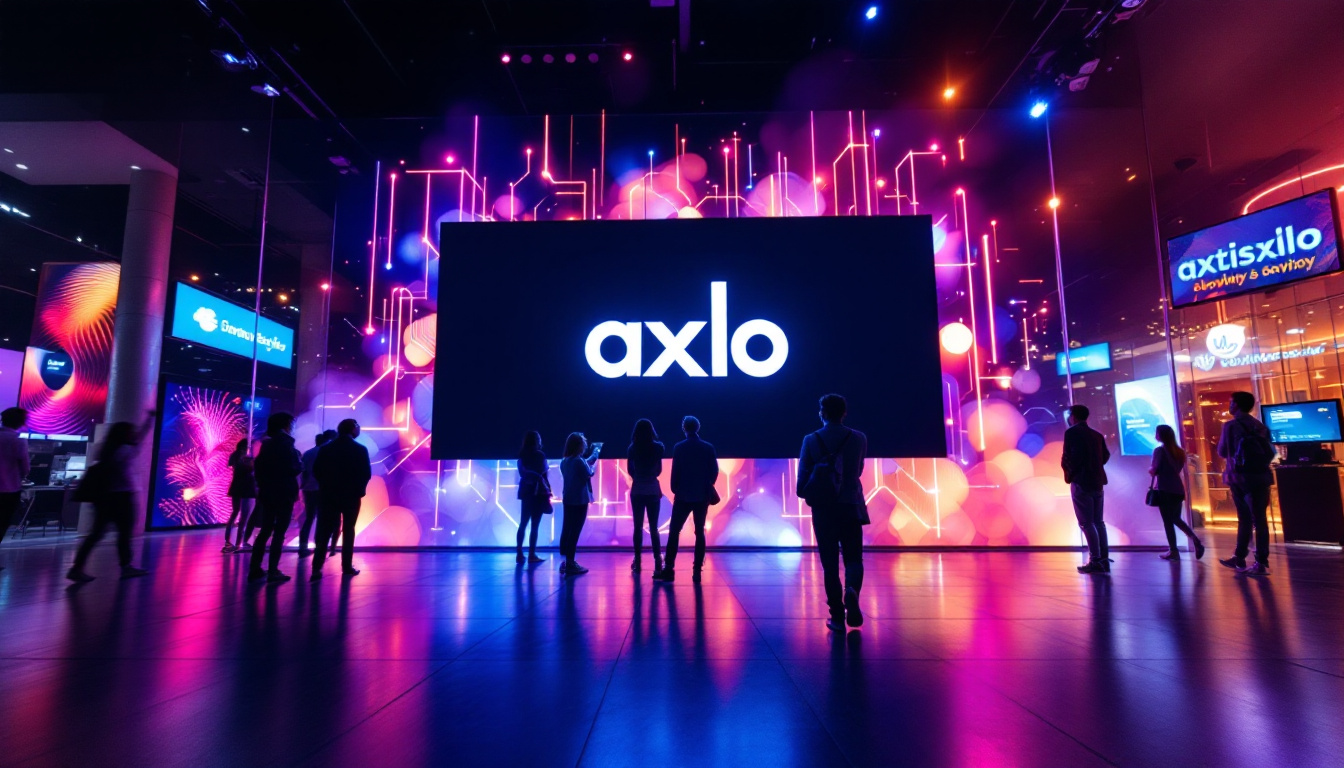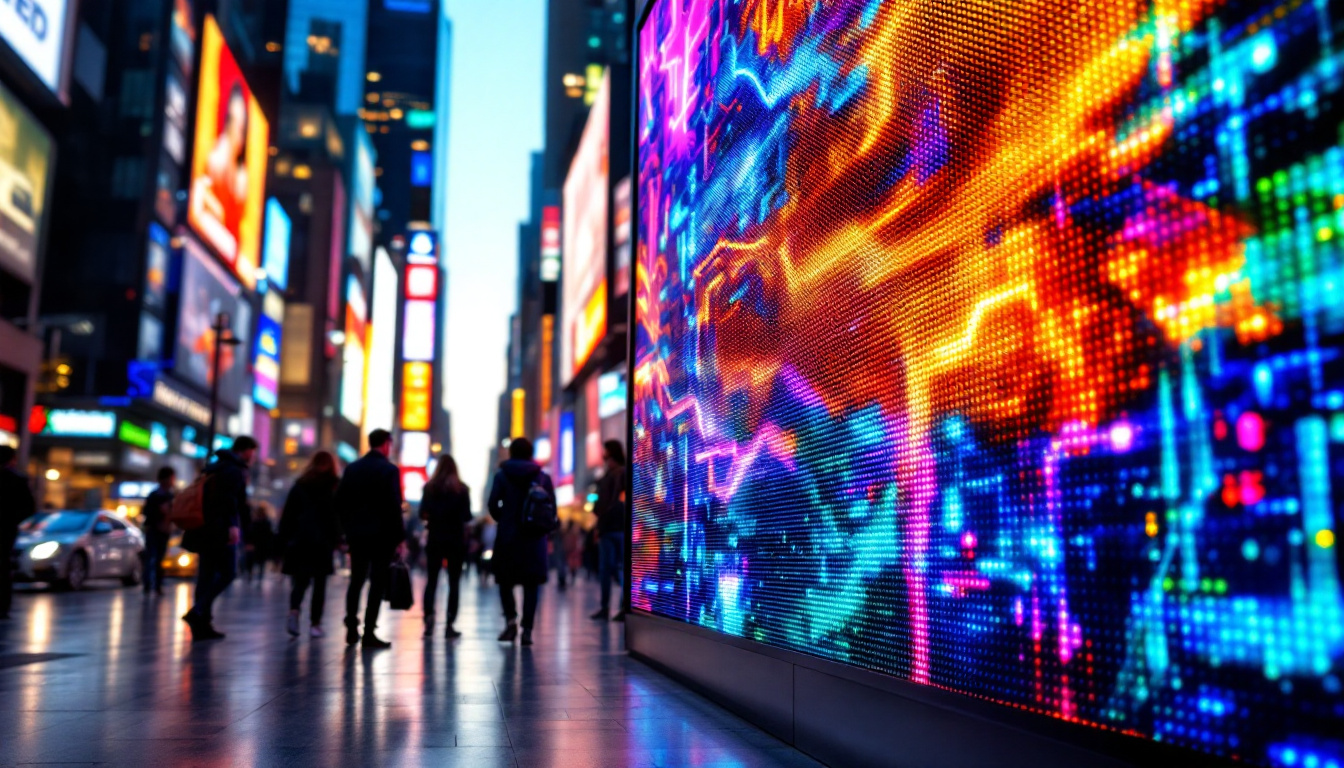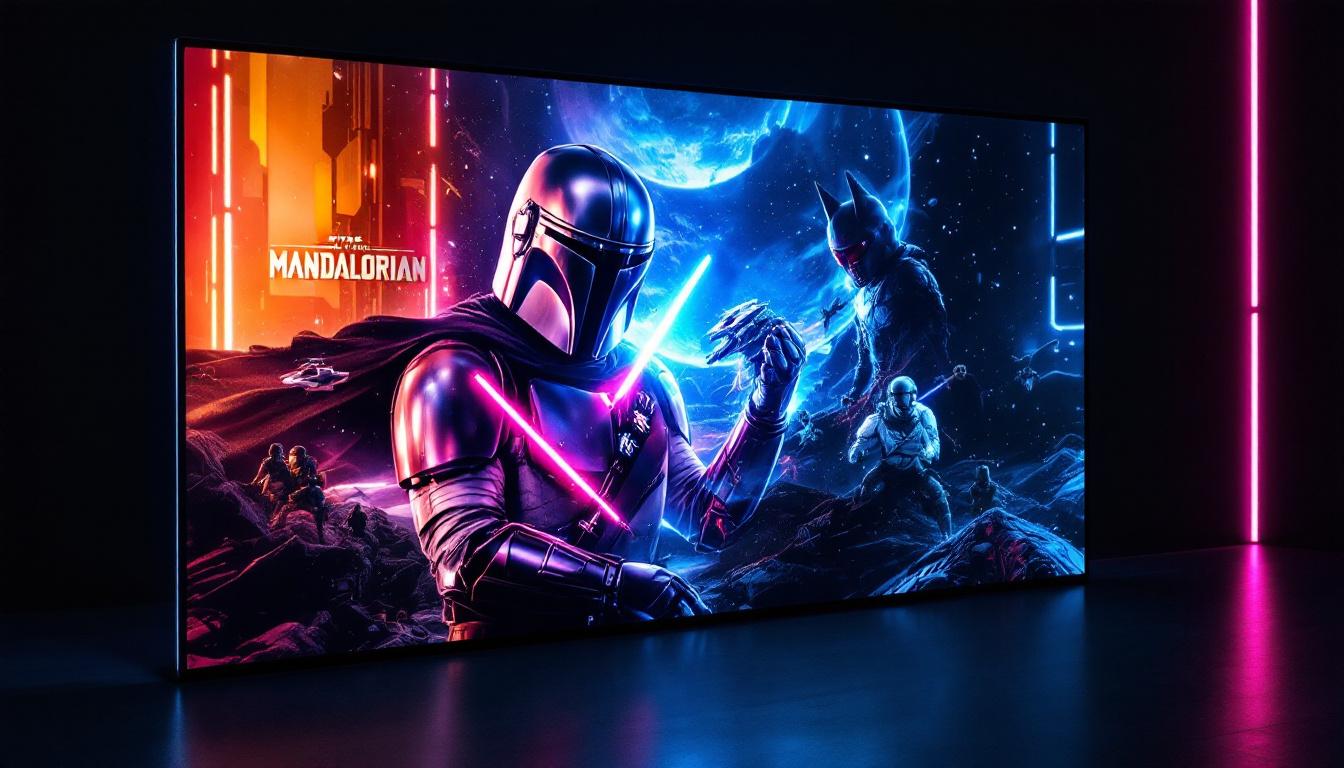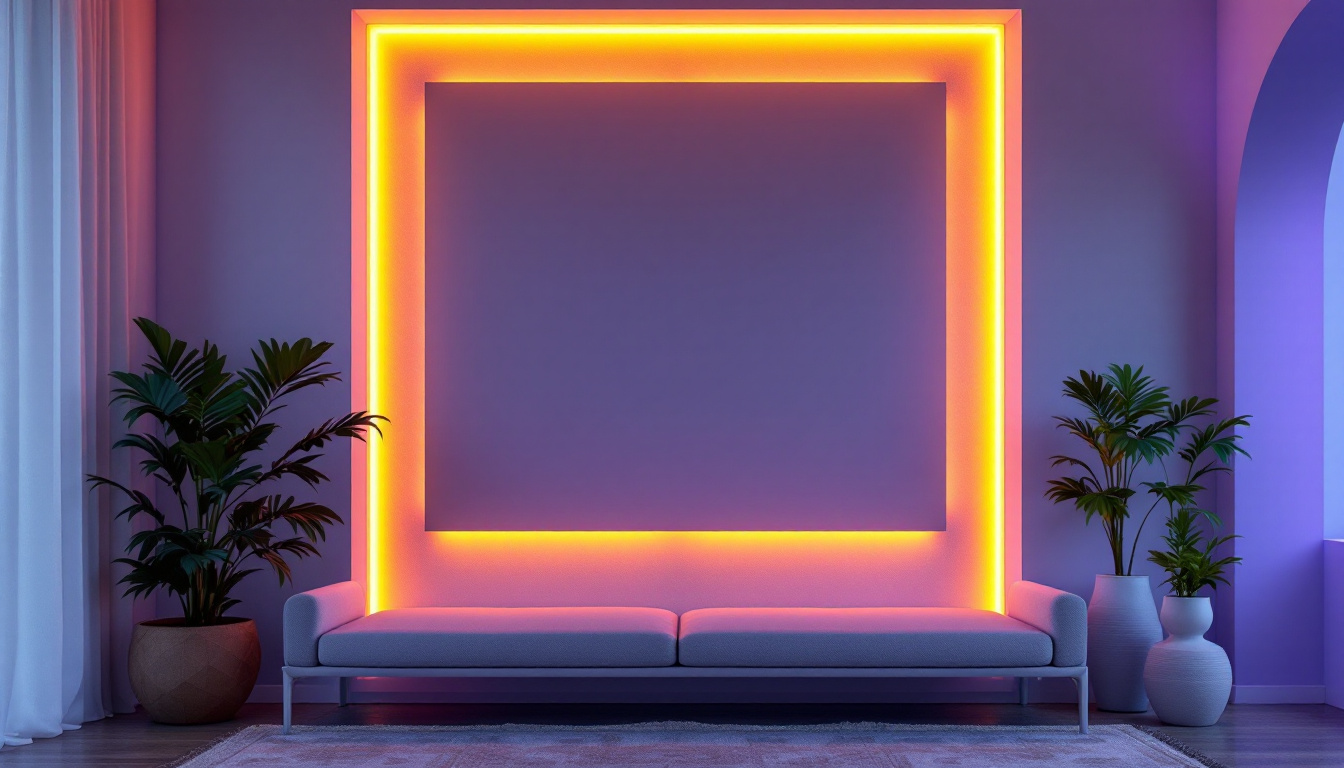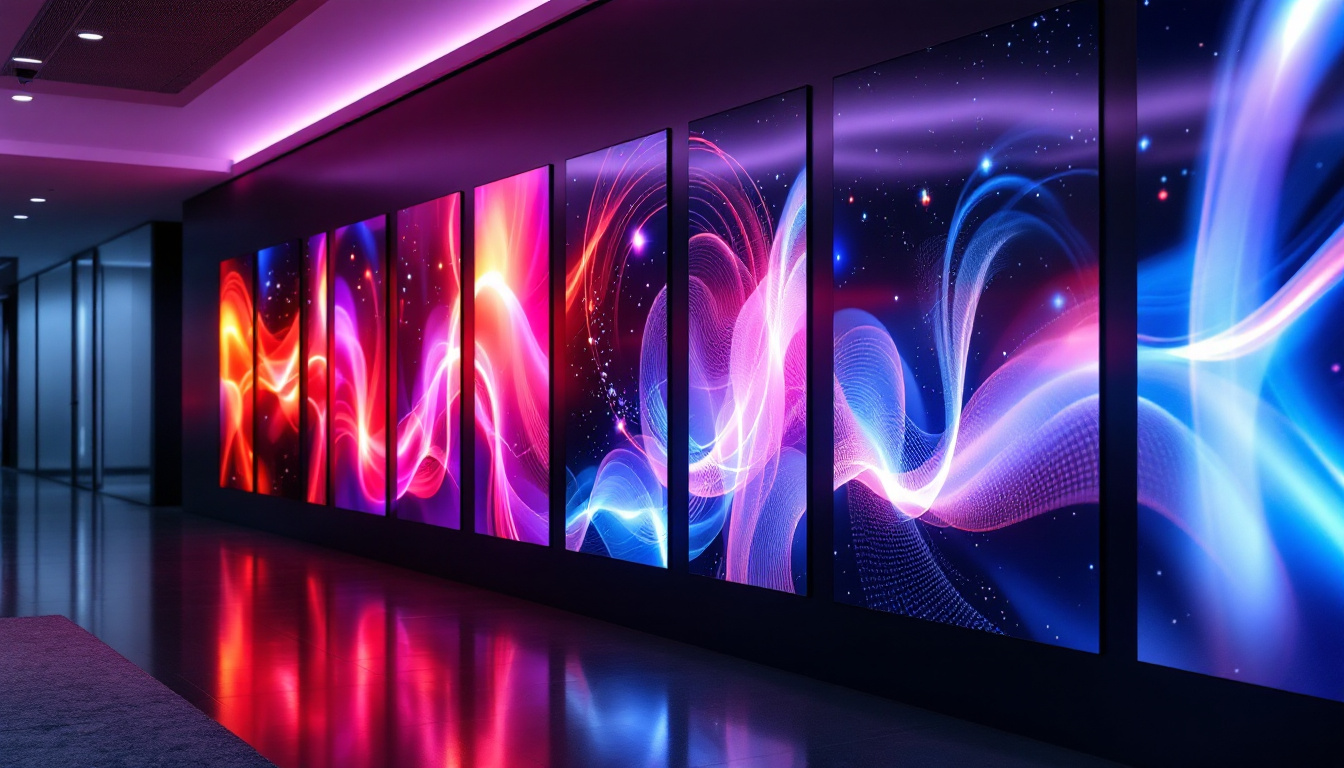Projection Screen TV: LED Display Explained
In the evolving landscape of home entertainment, the choice of display technology plays a crucial role in determining the viewing experience. Projection screen TVs and LED displays represent two significant categories that cater to different needs and preferences. Understanding how LED displays work, especially in the context of large-scale projection screens, is essential for consumers looking to invest in high-quality visual technology. This article delves into the fundamentals of LED display technology, its application in projection screen TVs, and the advantages and considerations that come with this innovative approach.
Understanding Projection Screen TVs
Projection screen TVs differ fundamentally from traditional flat-panel TVs. Instead of emitting light directly from a screen, projection TVs use a projector to cast images onto a separate screen surface. This setup allows for much larger image sizes, often exceeding 100 inches diagonally, which is difficult to achieve with conventional LED or OLED TVs without incurring significant costs. The ability to create a massive viewing area makes projection screen TVs particularly appealing for movie enthusiasts and sports fans who want to replicate the cinema experience in their homes.
The projection screen itself is a critical component, designed to reflect light uniformly and enhance image quality. Screens can vary in material, gain (reflectivity), and color, all of which influence the final picture. For instance, a high-gain screen can amplify the brightness of the projected image, making it suitable for environments with ambient light. Conversely, a matte screen may be preferred in darker settings to provide a more natural color reproduction. When combined with advanced projection technologies, these screens can deliver immersive viewing experiences suitable for home theaters, conference rooms, and large venues. Furthermore, many modern projection screens are motorized or retractable, allowing for seamless integration into living spaces and easy storage when not in use.
Types of Projection Technologies
Projection TVs utilize various technologies, including DLP (Digital Light Processing), LCD (Liquid Crystal Display), and LCoS (Liquid Crystal on Silicon). Each has unique characteristics affecting brightness, contrast, color accuracy, and motion handling. DLP projectors, for example, are known for their sharp images and high brightness levels, making them ideal for well-lit rooms. On the other hand, LCD projectors tend to offer better color accuracy and are often more affordable, making them a popular choice for casual viewers. However, in recent years, LED-based projection has emerged as a compelling alternative, offering several benefits over traditional lamp-based projectors. LED projectors boast longer lifespans, lower energy consumption, and enhanced color performance, which can significantly improve the viewing experience.
Additionally, advancements in 4K and even 8K projection technology are pushing the boundaries of image quality, providing viewers with stunning detail and clarity that was once reserved for high-end flat-panel displays. These high-resolution projectors are increasingly becoming accessible to consumers, allowing for an unparalleled cinematic experience right at home. Moreover, the integration of smart technology into projection systems means users can easily access streaming services, adjust settings via mobile apps, and connect their devices wirelessly, further enhancing the convenience and versatility of projection screen TVs.
What is an LED Display?
LED stands for Light Emitting Diode, a semiconductor device that emits light when an electric current passes through it. In the context of displays, LEDs serve as the source of illumination or as the individual pixels themselves in large-format displays. The technology has revolutionized how images are produced, providing brighter, more energy-efficient, and longer-lasting displays compared to older technologies.
LED displays are commonly categorized into two types: direct-view LED displays and LED-backlit LCD displays. Direct-view LED displays consist of thousands to millions of tiny LEDs that form the image directly, while LED-backlit LCDs use LEDs to illuminate an LCD panel that modulates light to create images.
Direct-View LED Displays
Direct-view LED displays are often used in outdoor billboards, stadium screens, and increasingly in indoor large-format TVs and projection screens. Each LED acts as a pixel, and by controlling the intensity and color of each diode, the display can render vivid and high-contrast images. These displays can be made very large without losing image quality, making them ideal for projection screen TVs designed for expansive viewing areas.
LED-Backlit LCD Displays
Most modern flat-panel TVs use LED-backlit LCD technology. Here, LEDs provide the backlight behind an LCD panel. The LCD modulates this light to create images. While this technology offers excellent picture quality and thinner panels, it is fundamentally different from direct-view LED displays used in projection screen TVs.
How LED Displays Enhance Projection Screen TVs
Integrating LED technology with projection screens has transformed the capabilities and performance of large-format TVs. Instead of relying on traditional lamp-based projectors, LED projectors use arrays of LEDs as light sources, offering several advantages:
Improved Brightness and Color Accuracy
LED light sources produce brighter images with a wider color gamut compared to conventional lamps. This means projection screen TVs equipped with LED displays can deliver more vibrant and true-to-life colors, enhancing the overall viewing experience. According to industry reports, LED projectors can achieve up to 30% better color accuracy, which is particularly noticeable in high-definition and 4K content.
Longer Lifespan and Lower Maintenance
Traditional projector lamps typically last between 2,000 to 4,000 hours and require periodic replacement, which can be costly and inconvenient. In contrast, LED light sources can last upwards of 20,000 to 30,000 hours, significantly reducing maintenance needs. This longevity makes LED-based projection screen TVs more reliable and cost-effective over time.
Energy Efficiency
LEDs consume less power than traditional projector lamps, contributing to lower energy bills and a smaller environmental footprint. This efficiency is increasingly important as consumers seek sustainable technology options without compromising performance.
Applications and Use Cases of LED Projection Screen TVs
The versatility of LED projection screen TVs makes them suitable for a range of applications beyond just home entertainment. Their ability to produce large, bright, and high-quality images opens up opportunities in various sectors.
Home Theaters and Living Rooms
For cinephiles and gaming enthusiasts, LED projection screen TVs offer an immersive experience that rivals commercial cinemas. The large screen sizes and vivid colors create a captivating environment for movies, sports, and interactive entertainment. Additionally, the reduced maintenance and energy savings make them an attractive option for residential use.
Corporate and Educational Environments
In offices and classrooms, LED projection screen TVs facilitate dynamic presentations and collaborative work. Their brightness ensures visibility even in well-lit rooms, and their scalability allows for flexible installation in different spaces. The technology supports high-resolution content, which is essential for detailed charts, videos, and interactive media.
Public Venues and Events
Concerts, conferences, and sporting events benefit from the large-scale capabilities of LED projection screen TVs. Their durability and brightness make them suitable for both indoor and outdoor use, ensuring clear visibility for large audiences. The modular nature of LED displays also allows for customized screen sizes and shapes, adapting to venue requirements.
Considerations When Choosing an LED Projection Screen TV
While LED projection screen TVs offer numerous advantages, potential buyers should consider several factors to ensure they select the right system for their needs.
Screen Size and Viewing Distance
The primary appeal of projection screen TVs is their ability to deliver very large images. However, the optimal screen size depends on the room dimensions and typical viewing distance. Experts recommend a viewing distance of approximately 1.5 to 2.5 times the diagonal screen size for comfortable and immersive viewing without eye strain.
Ambient Light Conditions
Projection systems are sensitive to ambient light. While LED projectors are brighter than traditional models, excessive room lighting can still wash out the image. Selecting a screen with high gain or using ambient light-rejecting (ALR) screens can mitigate this issue, ensuring better picture quality in various lighting environments.
Resolution and Refresh Rate
High resolution is essential for sharp and detailed images, especially on large screens. Most modern LED projection screen TVs support Full HD (1080p) or Ultra HD (4K) resolutions. Additionally, a higher refresh rate improves motion clarity, which is particularly important for sports and gaming content.
Installation and Space Requirements
Projection screen TVs require sufficient space for the projector and screen setup. Ceiling or wall mounting, projector throw distance, and cable management are important considerations. LED projectors with ultra-short throw lenses have become popular, as they can project large images from a short distance, making installation easier in smaller rooms.
Future Trends in LED Projection Screen Technology
The display technology market continues to innovate rapidly, and LED projection screen TVs are no exception. Several emerging trends are shaping the future of this technology:
MicroLED Displays
MicroLED technology, which uses microscopic LEDs as individual pixels, promises even higher brightness, contrast, and energy efficiency. This technology could blur the lines between direct-view LED displays and projection systems, offering seamless large-format displays without the need for separate projectors.
Enhanced Smart Features
Integration with smart home ecosystems and advanced image processing algorithms is becoming standard. Features such as AI-driven upscaling, voice control, and adaptive brightness adjustment enhance user convenience and picture quality.
Flexible and Transparent Screens
Research into flexible and transparent LED screens opens new possibilities for innovative display designs. These could lead to projection screens that double as windows or architectural elements, expanding the functional and aesthetic applications of LED display technology.
Conclusion
Projection screen TVs equipped with LED display technology represent a compelling choice for those seeking large, vibrant, and energy-efficient viewing experiences. By combining the advantages of LED illumination with the scalability of projection screens, this technology addresses many limitations of traditional display systems. Whether for home theaters, corporate presentations, or public events, LED projection screen TVs offer versatility, durability, and superior image quality.
As the technology continues to advance, consumers can expect even more innovative features and improved performance, making LED projection screen TVs an increasingly attractive option in the competitive display market. Careful consideration of factors such as screen size, ambient lighting, and installation requirements will ensure that users maximize the benefits of this cutting-edge technology.
Discover LumenMatrix’s Innovative LED Display Solutions
Ready to elevate your viewing experience with the latest in LED display technology? Look no further than LumenMatrix, a pioneer in crafting visually stunning LED display modules for a variety of applications. From immersive home theaters to dynamic corporate presentations and electrifying public events, LumenMatrix offers a diverse range of solutions including Indoor and Outdoor LED Wall Displays, Vehicle LED Displays, and even Custom LED Displays tailored to your unique needs. Embrace the future of visual communication and check out LumenMatrix LED Display Solutions today to transform your space with unparalleled clarity and impact.



